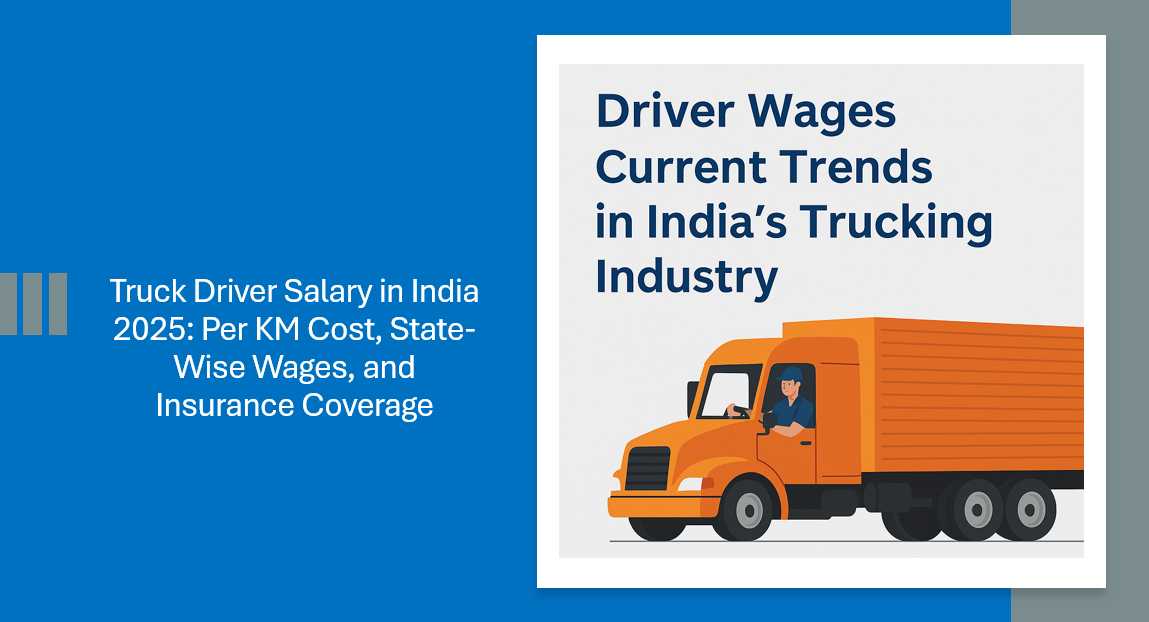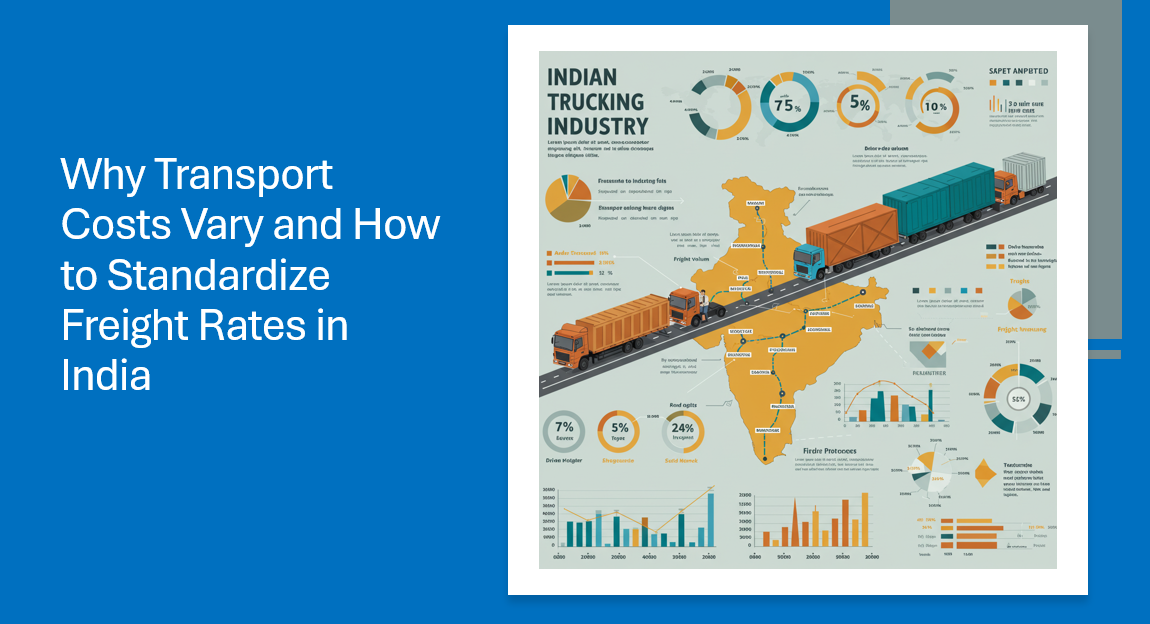Introduction
In the fast-paced world of e-commerce, returns are as inevitable as the changing seasons. While return policies are a critical part of ensuring customer satisfaction, they carry with them a less talked about side effect: the financial and operational strains of return hauls. This blog post is ready to dive deep into the real cost of return hauls on your business, broadening our understanding beyond the surface to the myriad hidden expenses and ripple effects they create. Ever wondered just how much those returned items are impacting your bottom line? Let’s find out.
The Direct Costs of Processing Returns
Return Shipping Expenses
First off, there are the obvious costs – returning a product doesn’t just mean losing a sale, it means paying for it to come back to you. Carrier costs can add up quickly, especially if you’re footing the bill for customer-friendly free returns. Then there’s packaging and handling, where each return requires manpower to process, repack, and restock. Not to mention, a high volume of returns could negatively impact your shipping volume discounts, throwing another wrench in your budgeting plans.
Restocking and Warehouse Challenges

Returns aren’t walking back to the shelf themselves. Labor costs for processing returns, including inspection, sorting, and restocking, can be significant. Furthermore, returns eat up valuable space, causing inventory disturbances and sometimes, leading to refurbishing or disposing of items that can’t be resold as new. This not only costs money but might hurt our planet too.
Loss of Revenue and Product Depreciation
Every return is a direct hit to your revenue, but let’s also talk about product depreciation. An item that returns to you after a month isn’t as valuable as it was; it may even need to be discounted for resale. This depreciation and the need to discount returned merchandise directly affect your bottom line.
Indirect Costs and Ripple Effects
Customer Service and Reputation Management
Managing returns isn’t just a logistical challenge; it’s a customer service one too. Every return is a customer interaction opportunity, requiring staff to handle queries and complaints, which if not done well, could hurt brand loyalty and trust. The cost of negative reviews and word-of-mouth in our digital age cannot be overstated.

Operational Disruptions and Efficiency Losses
Every hour spent dealing with returns is an hour not spent on core business activities. Returns introduce an additional administrative burden, distorting focus and resources. Furthermore, returns can strain supplier relationships and complicate inventory planning, further disrupting business operations.
Future Sales and Market Position
Dealing with returns also means diving into data management and analysis to understand trends and make strategic decisions. How you handle returns today can affect your long-term brand positioning and market competitiveness, influencing future sales.
Strategies for Managing and Reducing Return Haul Costs
Enhancing the Customer Purchase Experience
Nobody wants to deal with returns – not you, not your customers. To reduce them, start by optimizing the purchasing process with accurate product descriptions and images, customer reviews and Q&As, and tools like virtual try-ons and size guides. These can help customers make better buying decisions from the get-go.
Streamlining the Return Process
While reducing returns is ideal, making the process as painless as possible can mitigate its negative impacts. This means having a simplified return policy, efficient and cost-effective return logistics, and leveraging technology to process returns more swiftly and accurately.
Fostering a Circular Economy
Finally, there’s a bigger picture to consider – sustainability. By setting up programs for product refurbishing and recycling or partnering for reverse logistics, businesses can not only reduce costs but also contribute to a circular economy, which is a win-win for both the planet and your image.
Leveraging Data and Technology to Minimize Returns

Implementing Advanced Analytics for Predictive Insights
Understanding patterns behind returns through advanced analytics can offer predictive insights into high-return products and categories, as well as customer behavior and preferences. This knowledge can drive smarter decisions in marketing and product development, potentially reducing returns.
Innovations in Return Logistics
The future of returns could be brighter with innovations like automation and robotics in return centers, AI and ML for making smarter decisions, and blockchain for enhancing transparency and traceability. These technologies could revolutionize how businesses handle returns, making the process more cost-effective and efficient.
Building a Return-Resilient Business Model
Incorporating returns into your business strategy and cultivating a culture of continuous improvement can transform how your business views and handles returns. Learning from each return can help you improve your products, services, and processes.
Conclusion and Key Takeaways
The journey through the landscape of return hauls shows us that their impact on businesses is multifaceted, extending far beyond the immediate financial costs. By proactively managing returns through enhanced customer experiences, streamlined processes, and sustainable practices, businesses can not only mitigate the costs but also turn challenges into opportunities. As return policies continue to shape consumer behavior, staying ahead means continuously evolving and adopting practices that align with future trends.
FAQs
- What are the top three direct costs associated with return hauls?
- Return Shipping Expenses
- Restocking and Warehouse Challenges
- Loss of Revenue and Product Depreciation
- How can businesses reduce the occurrence of returns?
- By enhancing the customer purchase experience with accurate descriptions, customer reviews, and virtual try-ons.
- What role does technology play in managing return costs?
- Technology can streamline the return process and leverage data for better decision-making, reducing overall return costs.
- Can a sustainable approach to returns actually save money?
- Yes, through recycling, refurbishing, and reverse logistics, businesses can reduce waste and costs simultaneously.
- How should businesses balance customer satisfaction with return costs?
- By streamlining returns and leveraging them as opportunities for improvement and customer engagement.
Stay updated with LOGIXMINDZ! Subscribe to our NEWSLETTER for the latest insights and join our LinkedIn group for even more valuable content







Leave a Reply